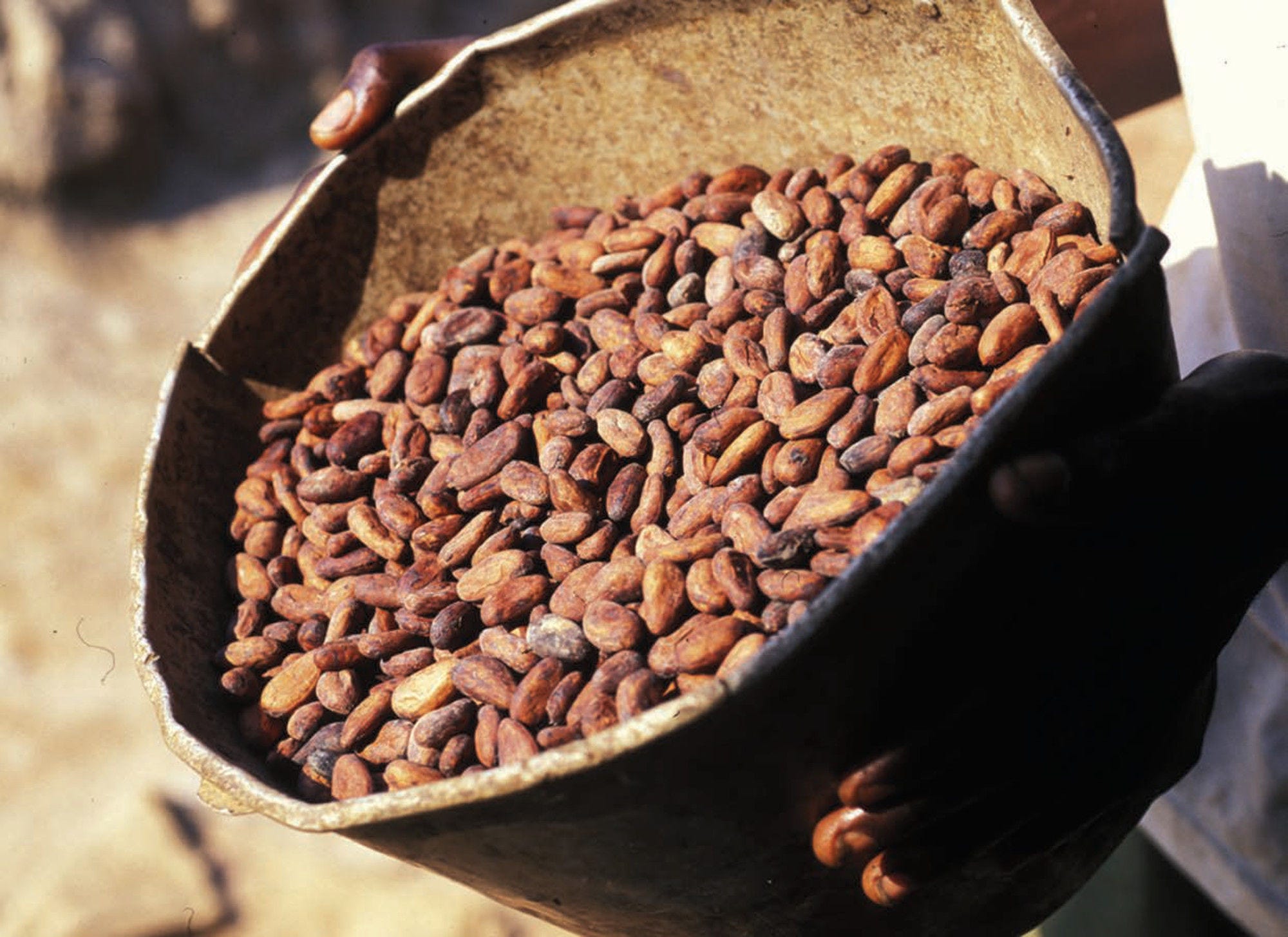Child labour: The ILO Conventions No. 138 and No. 182 define “child labour” as work that deprives children of their childhood, their potential and their dignity, and that is harmful to their physical or mental development including by interfering with their education by: depriving them of the opportunity to attend school; obliging them to leave school prematurely; or requiring them to attempt to combine school attendance with excessively long and heavy work (ILO, n.d.[6]) (ILO, n.d.[7]). The definition of child labour is both a function of the age of a child, and the nature of work that is being performed (ILO/IOE, 2015[5]).
Forced labour and slavery like practices: According to the ILO Convention No. 29 (ILO, n.d.[10]), forced labour is “all work or service which is exacted from any person under the menace of any penalty and for which the said person has not offered himself voluntarily”. Forced labour can apply to both adults and children. Children of adults who are in forced labour are also considered in forced labour. A forced labour situation is determined by the nature of the relationship between a person and an “employer” and not by the type of activity performed (ILO, 2015[38]). Slavery like practices include debt bondage, serfdom and forced marriage.
Forced labour (of children): According to the ILO’s operational definition of forced labour of children (ILO, 2012[39]), it is defined as work performed by children under coercion applied by a third party (other than by his or her parents) either to the child or to the child’s parents, or work performed by a child as a direct consequence of their parent or parents being engaged in forced labour as defined by the ILO Convention No. 29; or work performed by children in any one of the following worst forms of child labour the ILO Convention No. 182: a) all forms of slavery or practices similar to slavery, such as the sale and trafficking of children, debt bondage, and serfdom, including forced or compulsory recruitment of children for use in armed conflict; b) the use, procuring, or offering of a child for prostitution, for the production of pornography, or for pornographic performances; c) the use, procuring, or offering of a child for illicit activities, in particular for the production and trafficking of drugs as defined in relevant international treaties (ILO/Walk Free/IOM, 2022[15]), (ILO, 2012[39]). The coercion may take place during the child’s recruitment, to force the child or his or her parents to accept the job, or once the child is working, to force him/her to do tasks which were not part of what was agreed at the time of recruitment or to prevent the child from leaving the work (ILO, 2012[39]).
Human trafficking, including child trafficking: Trafficking in persons, or human trafficking, can lead to forced labour. It involves the movement of a person, often across international borders, for the purpose of exploitation. A basic definition of human trafficking is found in the “Palermo Protocol” of 2000 (UN, n.d.[40]). Trafficking is constituted of three distinct elements – act, means, and purpose (exploitation). Coercion is one of the means, which states that when coercion (or any other means) is used to get victims into an exploitative situation, actual exploitation need not happen for a trafficking crime to have taken place. For children specifically, child trafficking means the recruitment and or transfer, harbouring, or receipt of children for the purposes of exploitation.
Minimum age: The ILO Convention No. 138 requires countries to establish a minimum age for entry into work or employment, and national policies for the elimination of child labour. It establishes 15 as the minimum age for work in general and 18 as the minimum age for hazardous work, with developing countries given the option of setting a minimum age of 14 as a transitional measure (ILO/IOE, 2015[5]).
Young workers: “Young worker” refers to a person who has reached the minimum legal working age, usually 15, but is under 18 years old (ILO, 2020[41]).
Worst forms of child labour: According to the ILO Convention No. 182 (ILO, n.d.[7]), there are four categories of the worst forms of child labour:
All forms of slavery or practices similar to slavery, such as the sale, trafficking of children, debt bondage and serfdom or compulsory labour, including forced or compulsory recruitment of children for use in armed conflict
The use, procuring or offering of a child for prostitution, for the production of pornography or for pornographic performances
The use, procuring or offering of a child for illicit activities, in particular for the production and trafficking of drugs as defined in the relevant international treaties
“Hazardous work” which, by its nature or the circumstances in which it is carried out, is likely to harm the health, safety or morals of children. According to this Convention, the precise nature of those tasks that are prohibited are to be defined and reviewed by each country.
